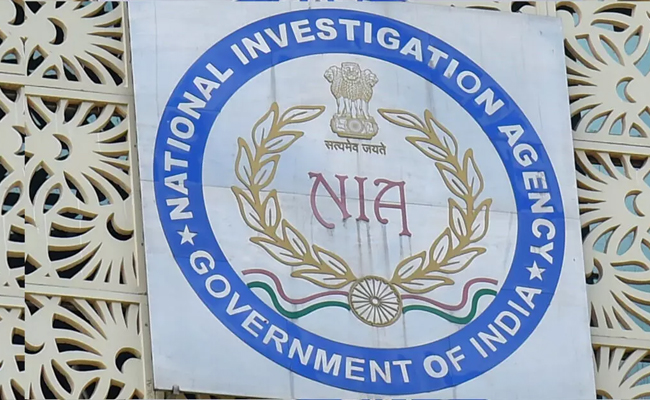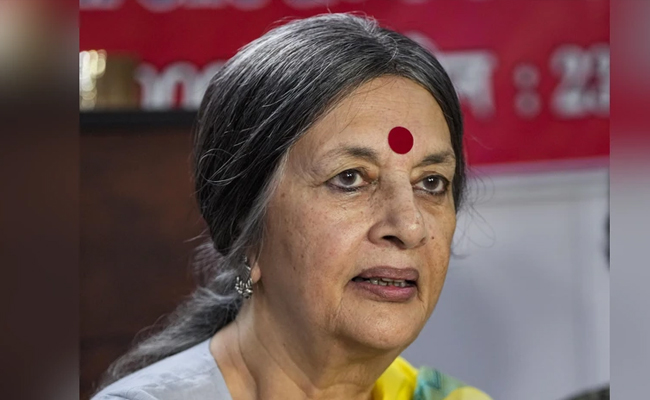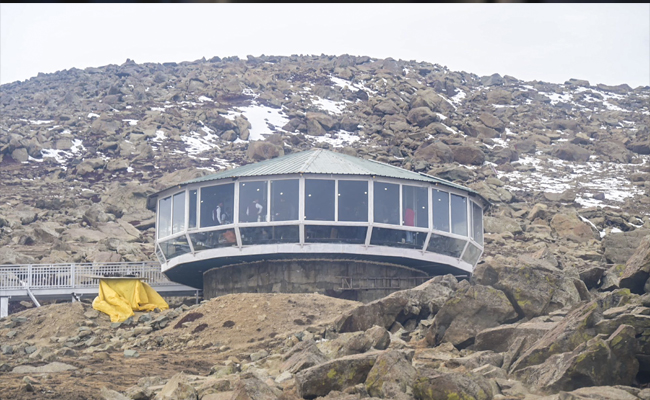Washington, April 17: NASA is now targeting Wednesday for the launch of its next planet-hunting mission, the Transiting Exoplanet Survey Satellite, or Tess.
The spacecraft was earlier scheduled to launch on a SpaceX Falcon 9 rocket from Cape Canaveral Air Force Station in Florida on Monday (4.02 a.m. on Tuesday, India time).
"Standing down today to conduct additional GNC (guidance, navigation and control) analysis, and teams are now working towards a targeted launch of @NASA_TESS on Wednesday, April 18," SpaceX said in a tweet on Monday .
NASA in a blog post said that the Tess spacecraft is in excellent health, and remains ready for launch.
Tess is NASA's next step in the search for exoplanets, including those that could support life.
Once in orbit, Tess will spend about two years surveying 200,000 of the brightest stars near the Sun to search for planets outside our solar system.
It will find the most promising exoplanets orbiting relatively nearby stars, giving future researchers a rich set of new targets for more comprehensive follow-up studies, including the potential to assess their capacity to harbour life.
With the help of a gravitational assist from the Moon, the spacecraft will settle into a 13.7-day orbit around Earth, NASA said in an earlier statement.
Sixty days after the launch and following tests of its instruments, the satellite will begin its initial two-year mission. Four wide-field cameras will give Tess a field-of-view that covers 85 percent of our entire sky.
Within this vast visual perspective, the sky has been divided into 26 sectors that Tess will observe one by one.
The first year of observations will map the 13 sectors encompassing the southern sky, and the second year will map the 13 sectors of the northern sky.
The spacecraft will be looking for a phenomenon known as a transit, where a planet passes in front of its star, causing a periodic and regular dip in the star's brightness.
NASA's Kepler spacecraft used the same method to spot more than 2,600 confirmed exoplanets, most of them orbiting faint stars 300 to 3,000 light-years away.
Let the Truth be known. If you read VB and like VB, please be a VB Supporter and Help us deliver the Truth to one and all.
Bhatkal: Speaker of the Karnataka Legislative Assembly U. T. Khader visited Bhatkal in Uttara Kannada district on Saturday and attended a local cricket match being played as part of a tournament organised by the Cosmos Sports Centre of Bhatkal.
After attending a programme at Anjuman Hami-E-Muslimeen, Khader proceeded to the Bhatkal Taluka Stadium, where the tournament is underway. He was accompanied by office-bearers of the Cosmos Sports Centre and several local community leaders.
Those present during the visit included President of Majlis-e-Islah Wa Tanzeem and former JD(S) leader Inayathullah Shabandri, Vice President of Tanzeem Atiqur Rahman Muniri, General Secretary Abdul Raqeeb MJ, President of Cosmos Sports Centre Ismail Anjum, Managing Director of Mohtisham Complexes S. M. Arshad, former president of the Bhatkal Muslim Youth Federation Imtiyaz Udyawar, among others.
Addressing players and organisers, Khader extended his best wishes to the participating teams and urged the players to uphold the spirit of sportsmanship. He said such tournaments help promote unity and brotherhood among the youth.
The cricket tournament began on November 21 and will conclude with the final match on December 21. It is being organised as part of the golden jubilee celebrations of the Cosmos Sports Centre.
Cosmos Sports Centre is one of the member clubs of the Bhatkal Muslim Youth Federation and is known for its active role in promoting sports in the town. Apart from sporting activities, the centre is also involved in various social and community initiatives, including efforts to promote education among students.





